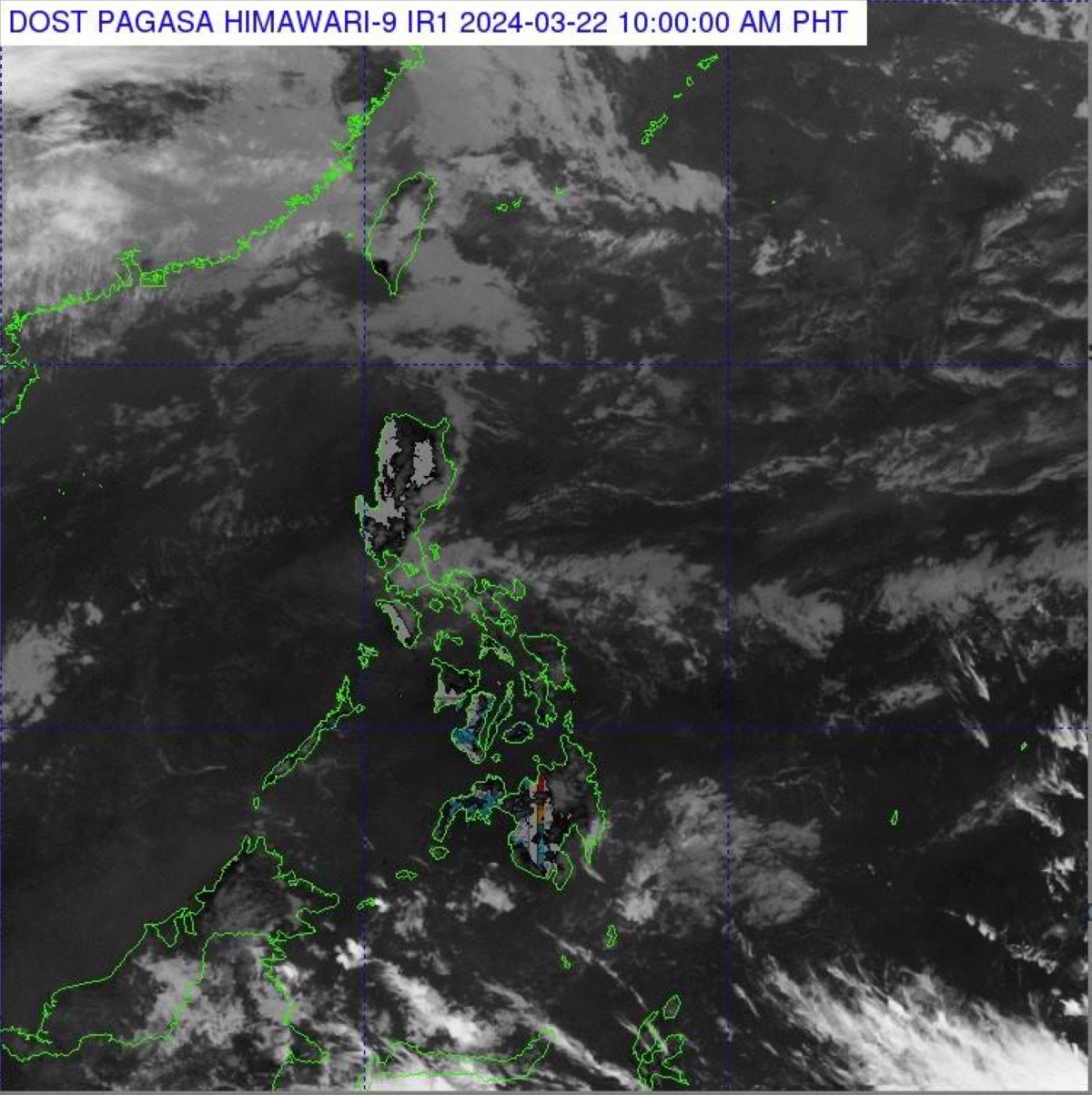Anticipation for the Dry-Warm Season
As the northeast monsoon season in Manila, Philippines draws to a close, the anticipation for the upcoming dry-warm season begins to mount. The Philippine Atmospheric Geophysical and Astronomical Services Administration (PAGASA), the authoritative voice on weather conditions in the country, has provided insights into the gradual weakening of the northeast monsoon, locally known as “amihan.” This natural phenomenon, characterized by cold mornings and nights, has been impacting Batanes in extreme northern Luzon. However, according to PAGASA weather specialist Robert Badrina, the amihan’s influence is waning, signaling the possible declaration of its termination.
Natural Occurrence and Climate Changes
While the northeast monsoon has been a significant weather pattern in the region, its conclusion is not surprising. The transition from one season to another is a natural occurrence that brings about changes in climate and atmospheric conditions. As the amihan gradually retreats, the Philippines prepares for the dry-warm season, eagerly awaiting the arrival of longer days and higher temperatures.
Impacts on Agriculture and Daily Life
The termination of the northeast monsoon is not only a meteorological event but also holds significance for various aspects of life in Manila and its surrounding areas. Agriculture, for instance, is greatly influenced by weather patterns, and the conclusion of the amihan marks the beginning of a new phase for farmers. They will need to adapt their cultivation practices to suit the changing climate, ensuring the continued productivity of their crops.
Moreover, the conclusion of the northeast monsoon season also impacts the daily lives of the residents in Manila. The cold mornings and nights that characterized the amihan will gradually give way to warmer temperatures, prompting adjustments in clothing choices and daily routines. As the sun shines brighter and the air becomes drier, people will find solace in seeking shade and staying hydrated to combat the increasing heat.
Renewal and Outdoor Activities
Additionally, the termination of the northeast monsoon season brings a sense of renewal and anticipation for outdoor activities. With the arrival of the dry-warm season, individuals and families can look forward to spending more time outdoors, engaging in recreational pursuits such as beach trips, picnics, and other outdoor gatherings. The shift in weather patterns also influences tourism, as visitors from both domestic and international destinations seek to explore the Philippines’ natural wonders and vibrant culture.
Local Impact of Northeast Monsoon Transition
As the northeast monsoon transitions into the dry-warm season in Manila and the Philippines, there are several considerations that need to be taken into account. The local impact of this change in weather can be seen in various aspects of daily life.
Impact on Residents
For residents, the shift from cooler temperatures to warmer ones can have a significant impact. As the cold mornings and nights associated with the amihan fade away, it becomes necessary to adjust clothing choices accordingly. Lighter and more breathable fabrics become essential to combat the increasing heat and humidity. It is also important for individuals to stay hydrated and protected from the sun’s rays as the weather becomes more intense. Sunscreen, hats, and umbrellas become essential accessories to shield oneself from the scorching heat.
Impact on Agriculture and Economy
Moreover, the change in weather patterns can have a profound effect on agricultural activities and the overall economy. Farmers and those involved in the agriculture sector must adapt their planting and harvesting schedules to align with the shifting weather conditions. The dry-warm season brings with it less rainfall, which can impact crop growth and yield. Irrigation systems and water management become critical in ensuring that crops receive adequate moisture. Additionally, the changing weather patterns can also affect the availability and pricing of certain agricultural products, which in turn can influence the economy.
Importance of Weather Preparedness
Being aware of local laws, customs, and practices related to weather events is crucial for individuals and communities to effectively respond to changing weather patterns. Different regions may have specific protocols in place for different types of weather events, such as hurricanes, tornadoes, or heavy snowstorms. Understanding these protocols can help individuals make informed decisions and take appropriate actions to protect themselves and their property.
Source: The Manila Times








